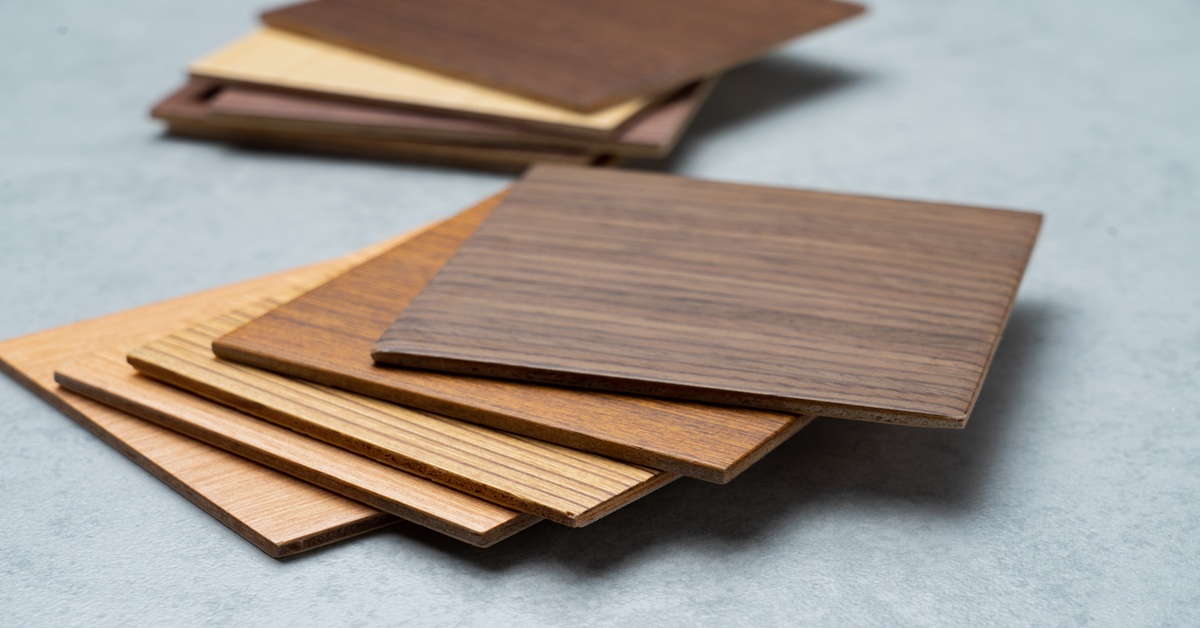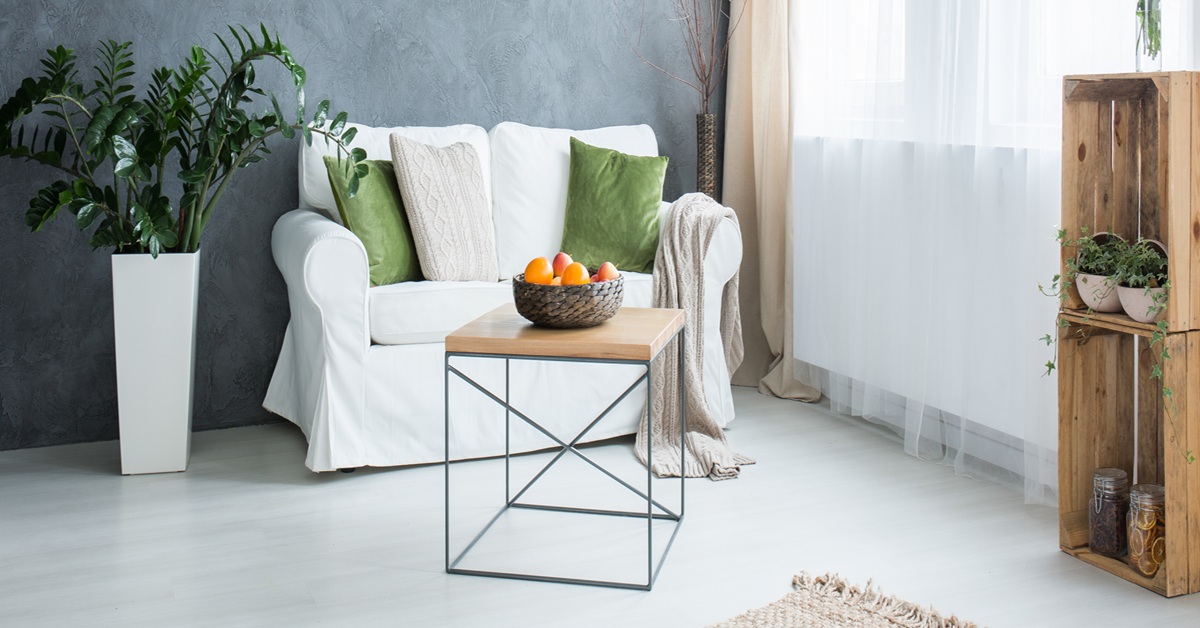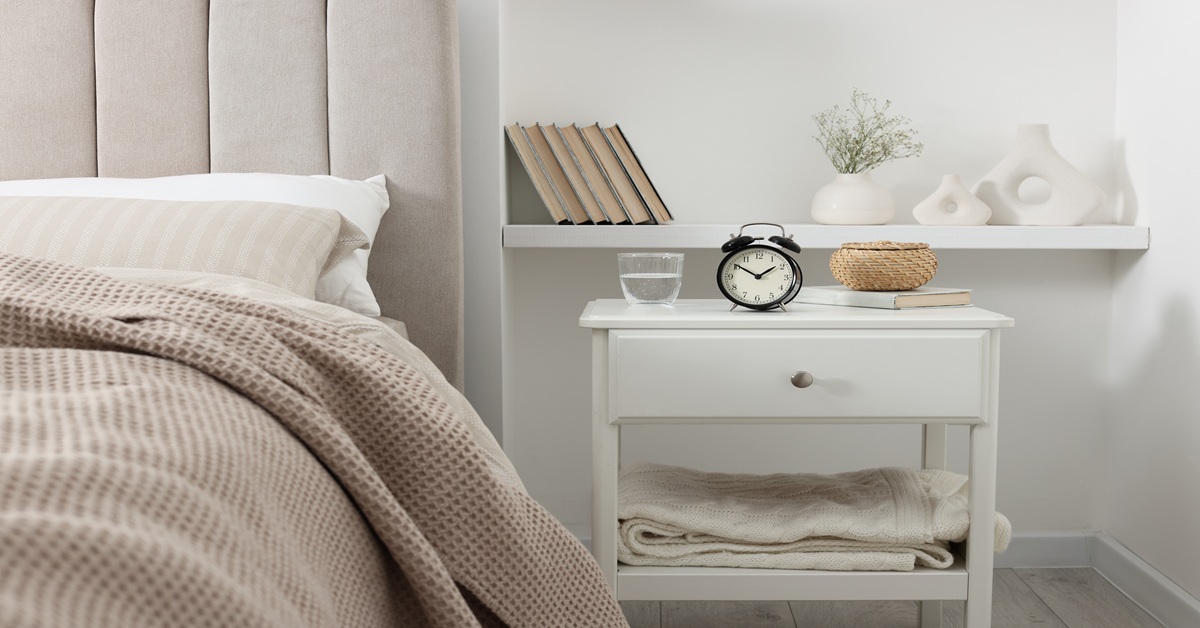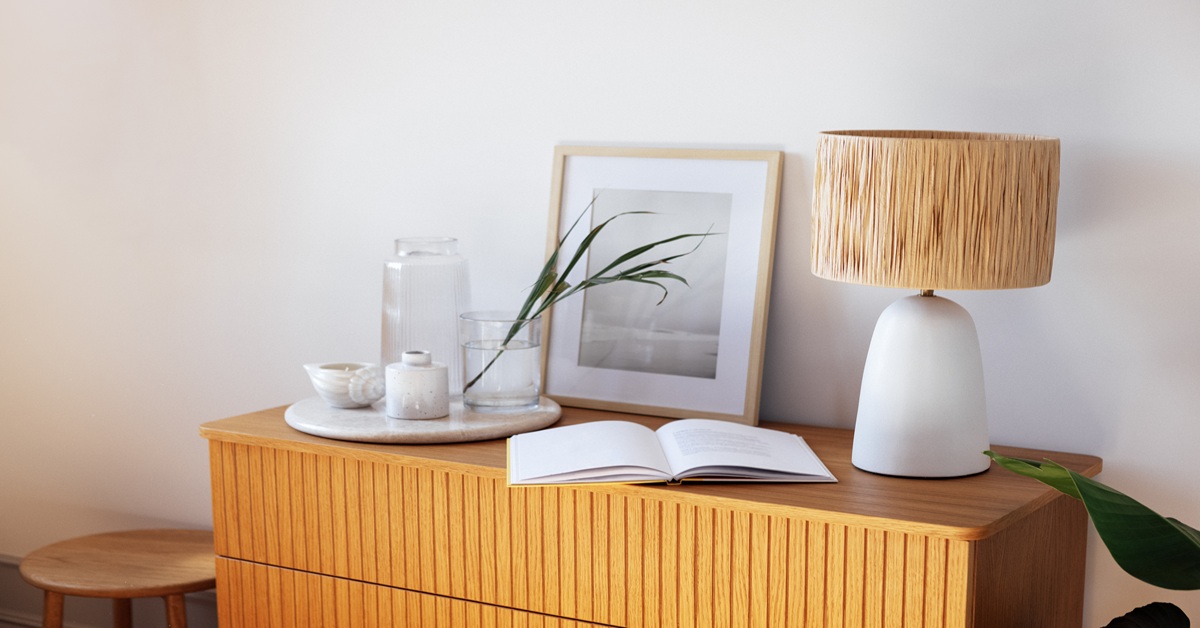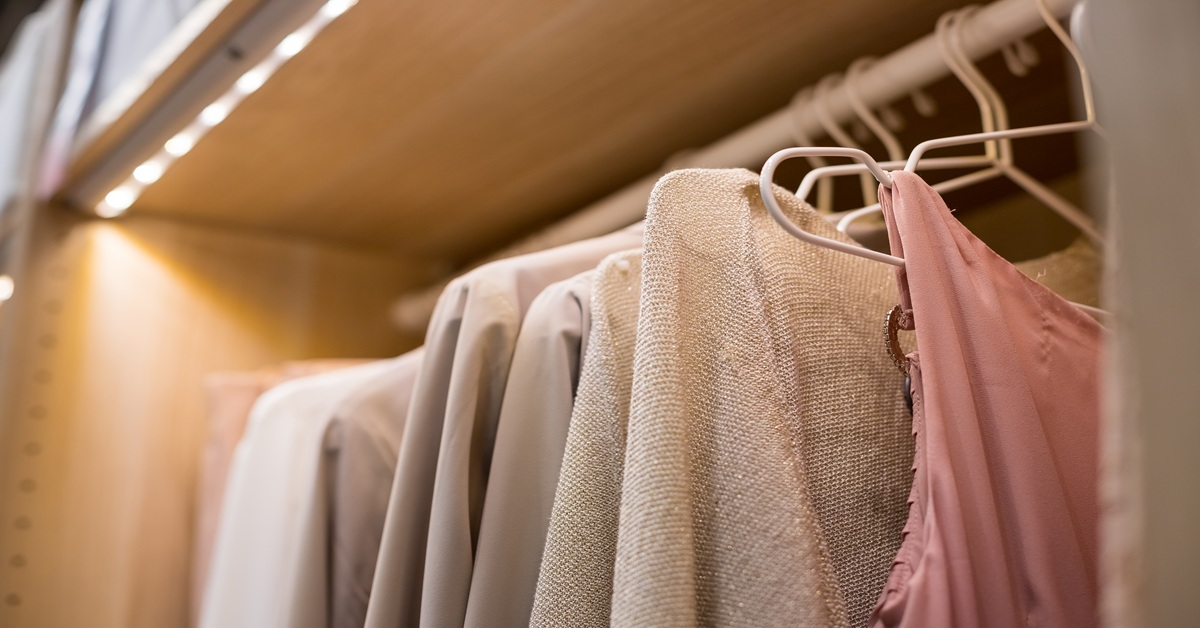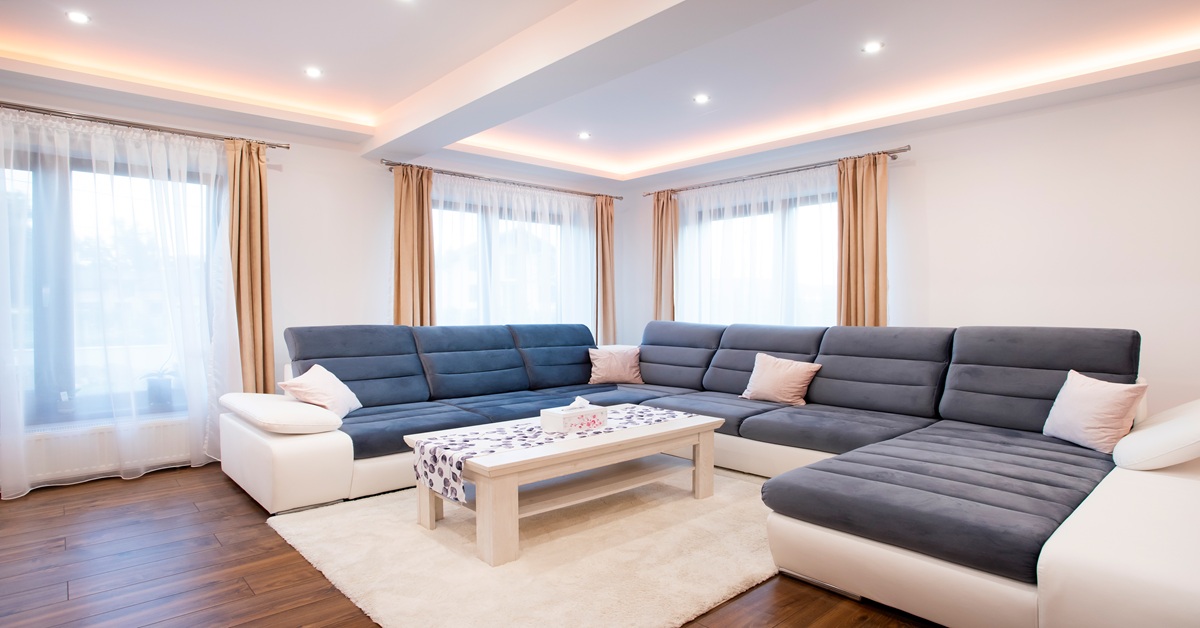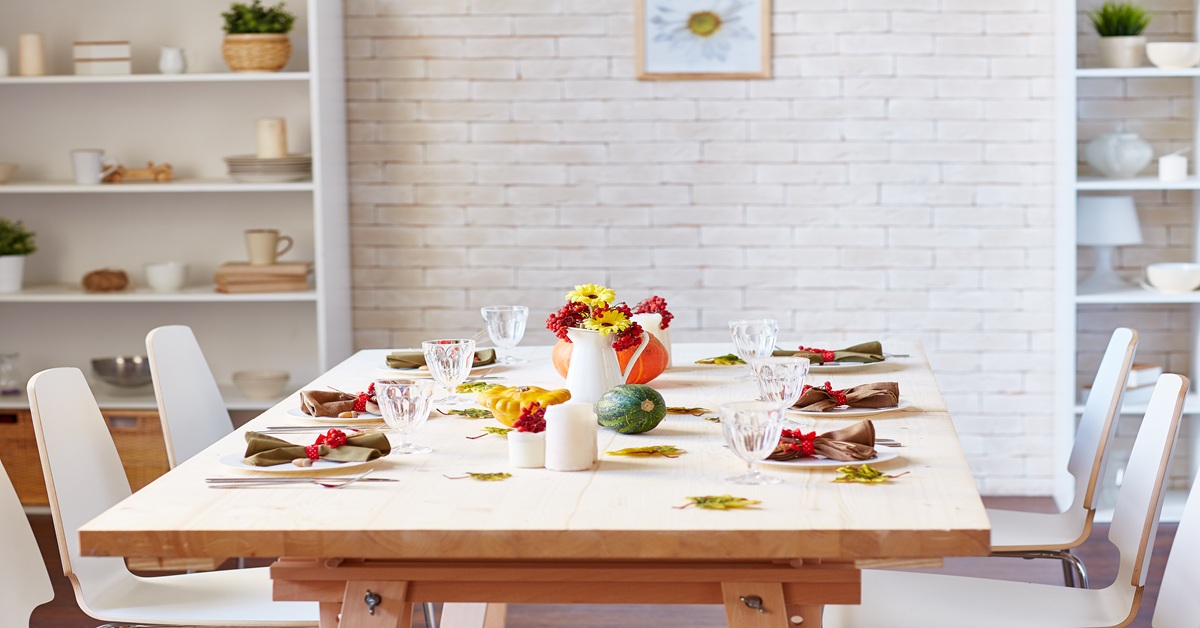Introduction
It is very crucial to choose the right materials for any building or carpentry project. Plywood is one of these materials that stands out since it is robust and can be utilised in a lot of various ways. But you can only completely understand its potential if you understand the various grades of plywood. The different grades of plywood are not just random designations, they tell you a lot about how strong the wood is, how well it will work for particular projects, and how good it is. If you make a smart choice, your project will last longer, look better, and save you time and money in the long term.
Table of Contents
What the Grades Mean for Your Project’s Success
Choosing MR, BWP, and Marine Plywood for Humid Environments
Matching the Right Plywood Grade to Your Kitchen, Wardrobe, or Outdoor Needs
Making Informed Decisions for Every Project
What the Grades Mean for Your Project’s Success
Learning about plywood grades is the first step in accomplishing a project. Grades normally use letters (A, B, C, D) to illustrate how good the veneers are. “A” denotes a smooth, perfect surface that is suitable for painting or clear finishes. “D” denotes a rougher surface with visible knots and repairs that is often used for structural sections or regions that are hard to see.
Plywood grades are not just determined by how it looks on the outside. They also reflect the quality of the adhesive used and what the inner layers are. The product is more stable and less prone to bend or break if it has a solid, even wood species core. The type of adhesive you use will affect how well it can handle moisture and other things in the environment. It is vital to know these basic qualities to make the structure strong. This means that the plywood will stay in shape and hold up well over time, whether it’s for flooring or furniture.
Also, a lot of different kinds of plywood are treated or follow certain rules for how well they work. This includes ratings for fire resistance, moisture resistance, low formaldehyde emissions (like E0), or anti-microbial properties, all of which are supposed to make interior spaces safer and healthier. These special marks reflect a commitment to enhanced performance and practical benefits that go beyond just looking good or being structurally sound. If you are familiar with these details, you can make informed choices for any job, big or small.
Choosing MR, BWP, and Marine Plywood for Humid Environments
It is extremely vital to pick the proper grades of plywood when your project may be exposed to dampness. Marine plywood, MR plywood, and BWP plywood all protect your furniture. MR (Moisture Resistant) grade plywood is manufactured using a urea-formaldehyde resin that makes it excellent for interior use where humidity is often present, like in living rooms or bedrooms, but it shouldn’t come into close contact with or be exposed to water for long periods. It offers a basic level of moisture tolerance for general indoor use.
In areas with high moisture and constant exposure to water, like kitchen cabinets, bathroom vanities or laundry room fixtures, BWP (Boiling Water Proof) grade plywood is the finest choice. This grade has a synthetic resin adhesive that can stay together even when it is in boiling water for a short time. This makes it incredibly resistant to water and keeps it from getting warped when it comes in contact with water. It lasts a long time since it is built to last, especially in places that get a lot of water.
Marine Grade Plywood is designed to sustain continuous and direct exposure to water, including saltwater. It is the highest grade of plywood, produced with unextended phenolic resins and selected timber veneers that have no defects. It is very important for shipbuilding and outdoor furniture that is exposed to water and making things in very damp or humid circumstances since it is so hard to separate and resist fungi. If you know the distinctions between plywood grades for moisture resistance, your project will last longer.
Discover the perfect match for your needs and browse our comprehensive range of plywood grades today!
Matching the Right Plywood Grade to Your Kitchen, Wardrobe, or Outdoor Needs
It is very important to choose the right plywood grades for a project so that it lasts and works well, especially in places that are used a lot, such as kitchens, closets, and outdoor areas. For kitchen cabinets, shutters, and worktops, BWP (Boiling Waterproof) plywood is the best choice because kitchens are often damp and have spills. It prevents delamination since it doesn’t soak up water. This means your kitchen will stay functional and neat for years, even with daily exposure to water and steam.
MR (moisture-resistant) plywood or calibrated plywood are fantastic choices for wardrobes and other home furniture when resistance to moisture, stability and finish quality are prioritised. If you want to paint or veneer parts that will be seen, face veneers of grade A or B would be an excellent choice, as they will make the surface smooth. It’s also a good idea to search for solutions that have minimal formaldehyde emissions (E0 grade) or anti-microbial treatments. This will help make sure that closed storage rooms are healthy places to be.
Marine-grade plywood, or high-quality BWP exterior-grade plywood, is the only type of plywood you should use for things like deck flooring, garden furniture, or outside panelling. These plywood grades are constructed with adhesives that are highly robust and waterproof. This means that they can withstand the rain, sun, and extreme temperature fluctuations for a long time without breaking down. Your outdoor projects will stay robust, weatherproof, and good-looking for a long time if you buy the correct plywood that is rated for outdoor use.
Making Informed Decisions for Every Project
You need to know exactly what your project needs, including where it will be used, how it will appear, and how much money you have to spend, in order to pick the proper plywood grades. First, find out how much moisture the plywood will be around. This will help you decide between MR, BWP, and marine grades. Next, consider the surfaces that will be visible, as A-grade veneers are wonderful for painted or stained finishes, but lower grades could be fine for areas of the structure that aren’t seen. It is a cost-effective technique to retain the structure’s integrity without giving up quality.
Think about performance features that are vital for your project. Since calibrated plywood has uniform thickness, it is great for applications that need precision, such as manufacturing modular furniture. If you care about health and safety, especially for kids’ rooms or furniture that will be used indoors, seek plywood grades that have E0 certification to lower formaldehyde emissions or antimicrobial treatments for enhanced hygiene. Each particular grade fits certain demands, so you can be sure that everything works smoothly and you can relax.
Lastly, check if the quality you want is within your price range. Higher grades of plywood may cost more, but they save you a lot of money in the long term since they last longer, function better, and need fewer repairs. You can be sure that the things you purchase will genuinely help your project succeed and survive longer if they come from a reputable manufacturer with clear grades and credentials.
Explore our full catalogue of plywood grades and enhance your project now!
Conclusion
You need to know how to use the different kinds of plywood to produce good, long-lasting results in any building or design project. Every decision you make gives your project a purpose. This includes knowing the subtle differences in veneer quality and picking the proper moisture-resistant plywood and specific treatments. You can choose plywood that not only meets but exceeds your expectations for durability, functionality, and looks if you think carefully about the specific needs of kitchens, wardrobes, outdoor spaces, or any other usage. An informed choice in selecting the plywood with the right grade ensures your project stands the test of time.
For projects that demand excellence, choose the trusted products of Wigwam Ply.
FAQs
1. What do A, B, C, and D mean in plywood grades?
They refer to the quality of the veneer surface, from A (smoothest) to D (most defects).
2. What is the difference between MR and BWP plywood?
MR (Moisture Resistant) is for indoor humidity, while BWP (Boiling Water Proof) is for high moisture/water exposure.
3. Is Marine Plywood necessary for outdoor furniture?
Yes, Marine Plywood is recommended for direct, continuous outdoor water exposure due to its waterproof glue.
4. What is E0 grade plywood?
E0 plywood has ultra-low formaldehyde emissions, promoting healthier indoor air quality.
5. Why choose calibrated plywood?
Calibrated plywood has a uniform thickness, ensuring precision and seamless finishes, especially for modular furniture.

